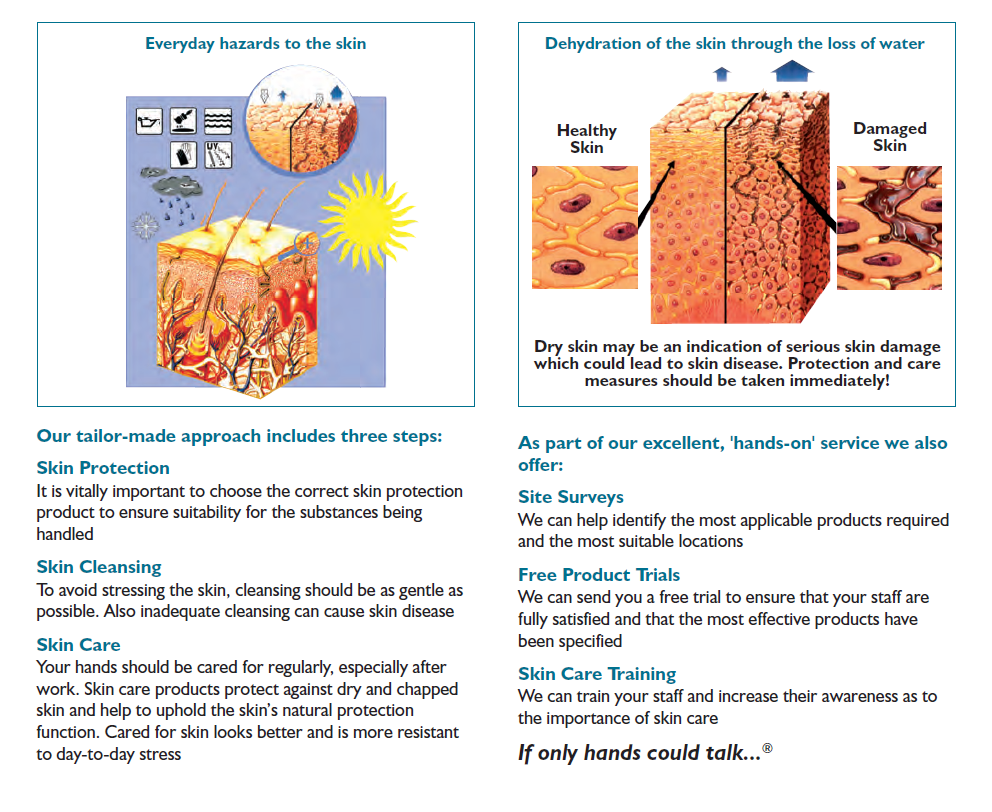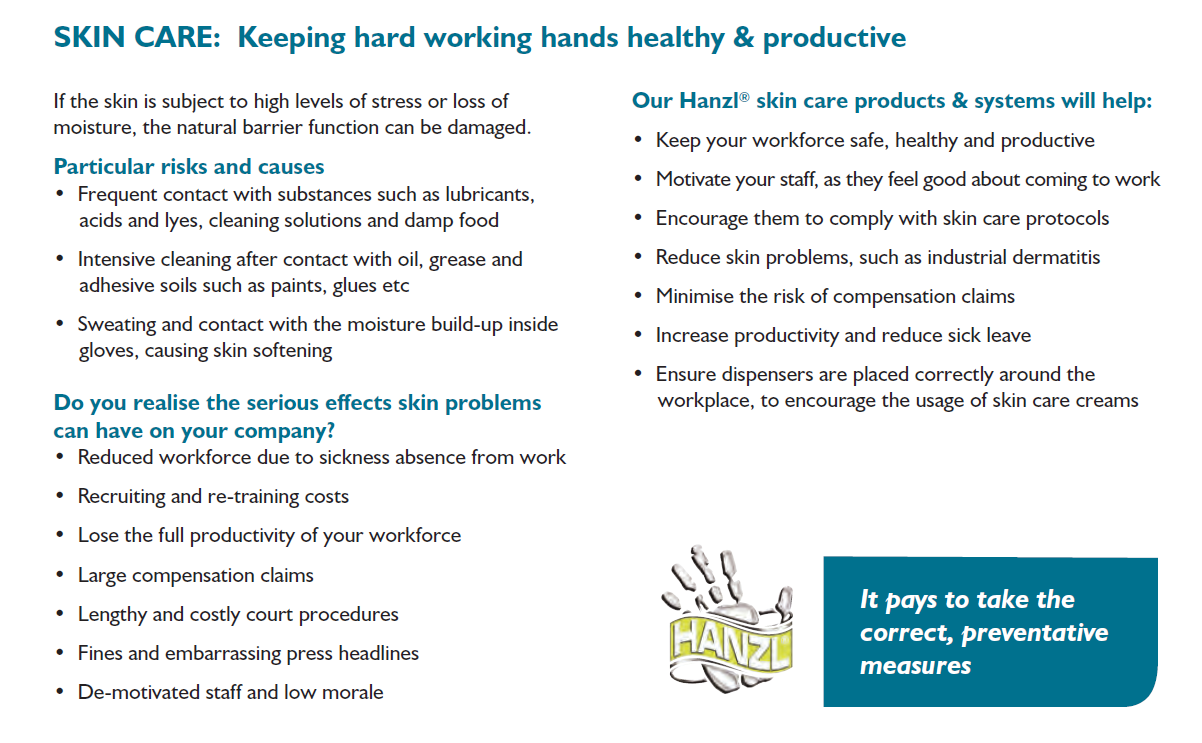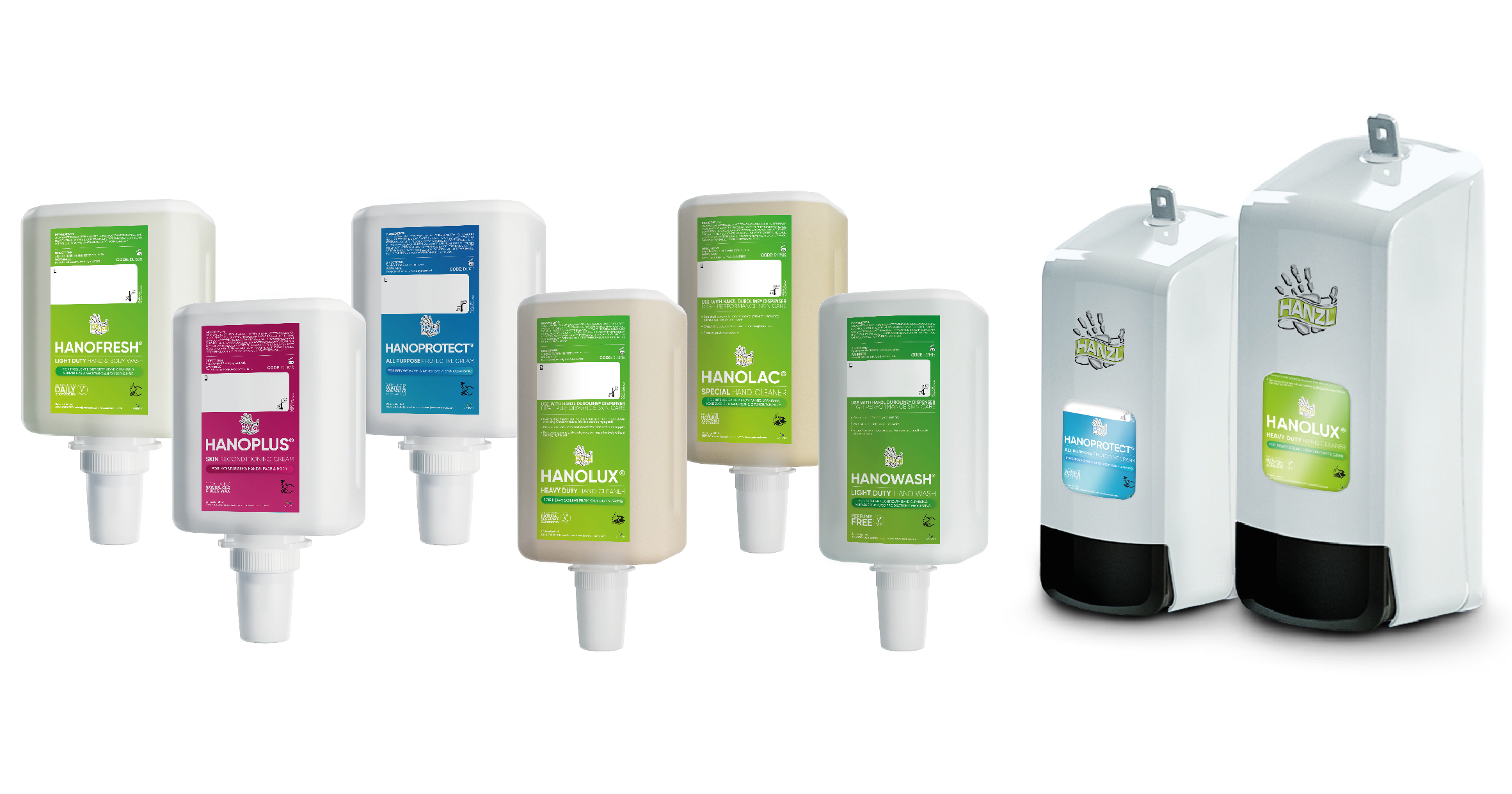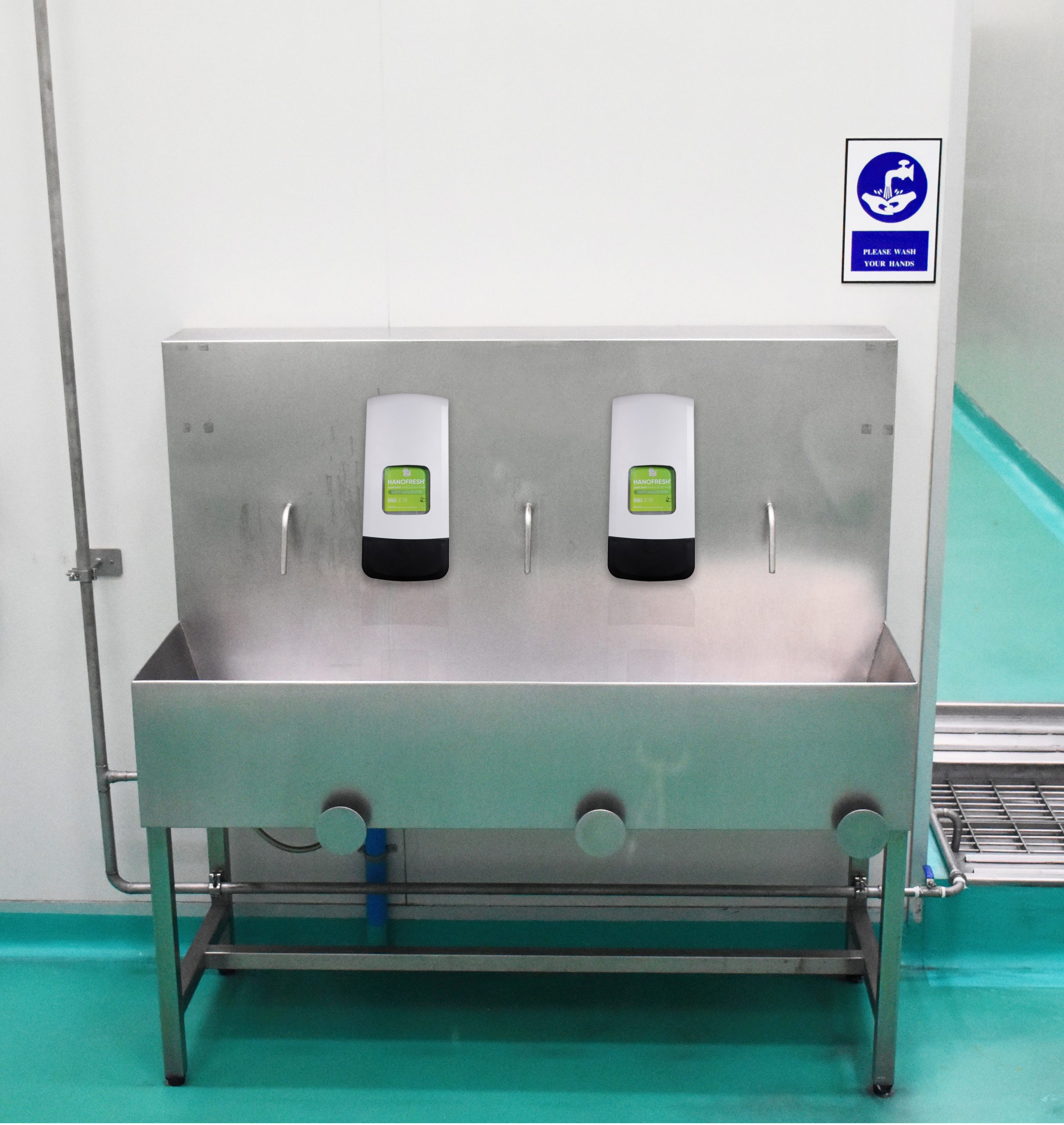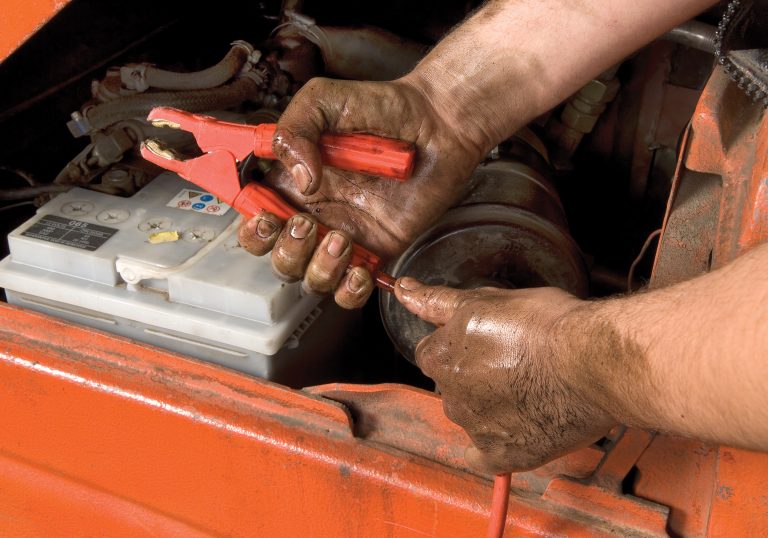
An occupational skin disorder simply means a skin condition wholly or partially caused by a person’s work activity. The skin plays an extremely important role as a barrier to chemicals and other contaminants entering the body. Skin disorders like occupational skin disease may disrupt this barrier function. The best way to prevent an occupational skin disorder is by using a before work skin protection cream, or an ‘invisible glove’ skin protection cream, to stop skin damage happening in the first place.
Although it has been a major problem for years, there is not much public awareness around occupational skin disorders. We believe more public knowledge on the issue could help prevent cases of OSD. This article puts occupational skin disorders (OSDs) in the spotlight, highlighting the prevailing issues facing workers and industry. We not only showcase the seriousness of the issue, but offer guidance on how employers can take control through a preventative skin care program, incorporating a new best practice standard. Occupational skin disorders are the second most common work-related health problem in Europe. In 2015-16, it is estimated that 18,000 UK workers who had worked in the previous 12 months had skin problems which they believed were caused, or made worse by their work. It is thought that the scale of the problem is underestimated by up to 10-50 times because it is largely under-reported. The frequency with which these painful conditions are seen in the workplace can mean that for many workers, the perceived culture is to accept it as part of their work, so when it happens to them, so when it occurs, rather than report it or seek help, they simply try and ignore the problem and battle on. For others, it might be a lack of understanding of the condition and what actions they need to take. If left untreated, Occupational skin disorders may be chronically relapsing and can have major implications for an individual’s social life, home life and working capacity, with employers feeling the ramifications both in terms of workforce wellbeing, as well as productivity and the bottom line.
Red, sore, dry, cracked and/or blistered skin on workers’ hands is often perceived to be a routine and acceptable side effect of manual work. Over time, this has contributed to a culture of misplaced
tolerance of the painful and limiting conditions, meaning that many incidents have gone, and continue to go, unreported and untreated. This culture of tolerance has not only contributed to the prevalence
of the damaging conditions, but a lack of advice on prevention and treatment has furthered the problem. Promoting and reinforcing healthy skin practices within the workplace is of highest importance, so managers and workers don’t use an ad-hoc approach. Sore, cracked fingers and hands, along with other symptoms of painful OSDs, can restrict hand mobility and the ability to carry out everyday workplace activities, such as gripping tools or operating machinery. It can also effect tasks around the home, such as making a cup of tea, opening jars, and even turning taps can become an impossible or stressful challenge. Suffering with a skin issue presents employees with a common dilemma – whether to take time off work to recover, and potentially suffer the associated loss of income or earnings, or to try to ignore the signs and carry on, potentially exacerbating the long-term impact of the condition.
Its good to remember that skin diseases can also have non-occupational and genetic causes. Occupational skin disease can be a serious health issue that currently goes largely unreported in the workplace; an invisible threat that affects both an organization’s efficiency and the health and well-being of its employees. Occupational skin diseases are caused by direct contact with one or more hazardous substances.
The skin can come into contact with substances through:
- immersion
- contact with contaminated tools or surfaces, for example a workbench, tools or clothing
- splashing
- the substance landing on the skin.
For more information visit the HSE’s webpage, How does skin come into contact with chemicals?
What causes occupational skin diseases?
- Water based detergents, liquids and chemicals
- UVA and UVB sun rays
- UVC rays from arc welding
- Mechanical oils, greases, solvents and cutting fluids
- Resins, adhesives, paints and sealants
- Dust, powders and airborne substances
- Abrasion from tools, components, and materials handled
- Sweating from wearing PPE such as gloves and safety footwear
- Wet work – prolonged or repeated contact of hands with water
- Cold conditions indoors or outdoors
Types of skin disorders: definitions and symptoms of occupational skin disorders include:
- contact dermatitis or eczema
- contact urticaria
- acne and folliculitis
- pigmentation changes
- skin cancer
- skin infections
The majority of cases of occupational skin disease are irritant and allergic contact dermatitis, accounting for up to 95%, followed by skin cancer.
Focusing on addressing behaviour change can help in the fight against OSDs. The threat of OSDs to industry and the workforce is widely underestimated, with major cost and productivity implications for businesses, as well as ramifications for employee wellbeing, family relationships and capacity for work. It does not have to be this way! The onset of occupational skin diseases can often be entirely prevented, or the extent of damage mitigated, simply by adopting the right skin care regime. The use of appropriate pre-work and after-work hand creams can have a significant impact on the prevention of OSDs – yet compliance is low.
However, most cases can be avoided by implementing structured skin management processes to reduce the risk of skin exposure to irritating substances and hazards.
How to spot the early signs of occupational skin disease
- Dry skin around fingers
- Cracks around finger nails
- Patches of dry skin starting to emerge
In the early stages, it can be difficult to identify occupational skin disorders, which can range from contact dermatitis (redness, dryness, itching, swelling, cracking, blistering, flaking and bleeding), to eczema, skin infections and in worst cases, cancer.
Prevention is of corse better than cure, but early identification and treatment is important. If workers mention or complain of rough, dry hands, cracked or sore skin, it is important to consider that this is
likely to be the early signs of a skin disorder, and appropriate action may need to be taken, such as initiating an appropriate skin care regime, and, where appropriate, seeking medical help.
What about wearing gloves… isn’t this the solution to preventing OSD’s?
Gloves are the traditional form of hand protection and often seen as the way to protect skin and prevent damaged hands, and form part of the standard Personal Protective Equipment (PPE) issued to manual workers. To some extent, we agree that gloves can be part of the solution to the challenge of occupational skin disorders (if are the right gloves for the task or type of contaminant involved). However, even where the right type of gloves are provided, they are often far from the magic fix. A big issue is noncompliance, whilst complications of wearing gloves can mean existing conditions may be exacerbated, and the need for additional measures such as protection creams are often overlooked. In short, the majority of workers are unaware of the detrimental effects of wearing gloves.
What often tends to happen is the reality that dexterity issues mean employees sometimes remove gloves for close or intricate work, or when using touch screens and computers. As soon as they do, they are exposing their skin to allergens and irritants – removing the value of the gloves provided. Gloves can cause sweating and can trap dirt and contaminants close to the skin – potentially fostering the growth of bacteria, whilst some studies have even shown skin barrier damage due to occlusion from prolonged glove use in combination with using soaps and detergents. Some of the negative effects of wearing gloves includes: perspiration inside the gloves, feel uncomfortable, cannot move fingers well enough to do detailed tasks, damage to skin / cracked hands, foul odour, allergic reaction to gloves.
Gloves are not the only answer to workplace hand protection. In some cases, gloves alone may not provide adequate protection, and in other cases, they may present additional complications or exacerbate existing skin problems.
There are five principal points to the process of implementing skin care management:
- Conduct an assessment of current work practices including substances which may represent a danger to the skin
- Introduce new processes, working practices or Personal Protective Equipment (PPE), as required
- Introduce a Skin Safety Regimen
- Staff training and communication to increase awareness and encourage compliance
- Ongoing monitoring and review
The best way of preventing occupational skin disorders
Enforcing the use of a skin protection cream that employees should use at the point of entering the workplace, is crucial. The three important steps of skin care at work are before work, during work, and after work. The ultimate goal would be to reduce the incidence of occupational skin disorders and change workplace culture so that it is no longer deemed acceptable for workers to have to tolerate painful skin conditions. Using a ‘before work’ skin protection cream can help protect you against the risk of getting occupational skin disorders. For example the Duroline Hanoprotect skin protection cream can protect the skin against both water and non water substances such as grease, grime, paint, lacquer, glue, oil and cement! Suitable for normal and sensitive skin and protects against both water and non water substances.
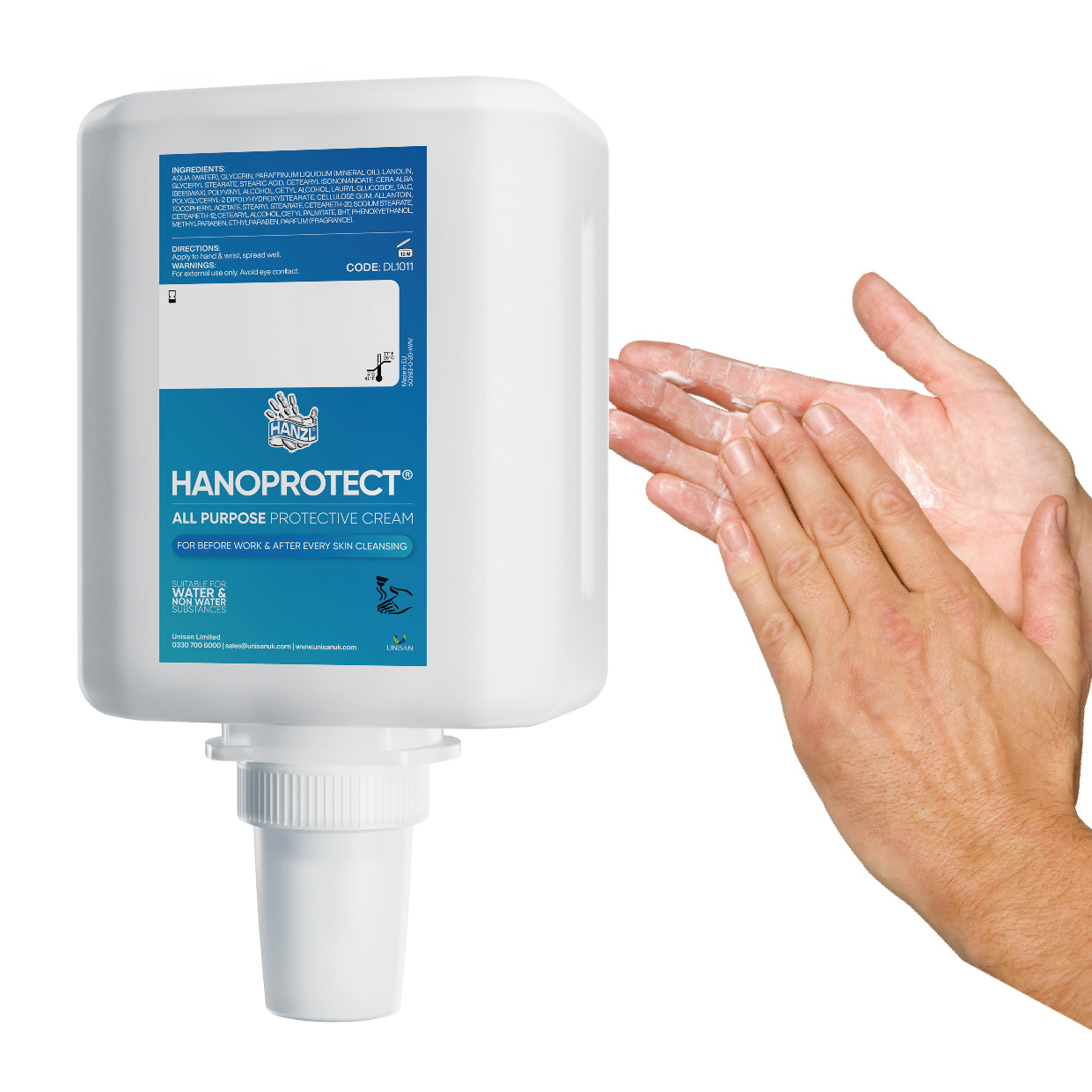
Or our STOP IT hand protection cream, which acts like an invisible glove helps to protect hands against oil, grease, solvents, paints, glues, resins, alkalis, tar, varnishes, adhesives, graphite, silicones, worktop grime and almost any substance that is not water based! A silicone free hand protection cream that can be used in paint shops – ideal for keeping in the van or on site, garages, warehouses or work areas. Great for builders, mechanics, engineers, decorators, automotive industry and much more! Helps to reduce skin disease and prevents rough, dry chapped skin. by washing easier and quicker, saving water and using less soap.
Using a gentle hand cleaner is a lot better for the skin than some of the harsh scrubbing soaps that include ingredients that dry out the skin. Often hand cleaners contain solvents or perfume that irritate skin. Hanzl Hanolux Heavy Duty Hand Cleaner is a great example of a solvent free hand cleaner with natural perfume that is tough on dirt, but kind to skin. Particularly effective, yet gentle to skin, thanks to its mid surfactant system, soft scrubbing agents and reconditioning components. Great for workshops, heavy engineering and industry – Removes oily, greasy soiling and general dirt in mechanical engineering, garages, workshops, metalworking, mining etc, removes heavy oil and grease, metallic dust, graphite and carbon black. Suitable for normal and sensitive skin… No more messy buckets of harsh, abrasive grit hand cleaner, that can damage skin!
Finally, encouraging or enforcing employees to use an after work skin cream in-between breaks and at the end of the day can help in the prevention of occupational skin disorders. Hanzl Hanoplus is an all purpose ‘after work’ skin reconditioning cream suitable for normal and sensitive skin that helps skin regeneration. For use on hands and face, especially dry and chapped skin and absorbs rapidly, leaving a pleasant after-feel with natural oils and beeswax.
Your hands are the best tools you’ll ever own – so look after them!


